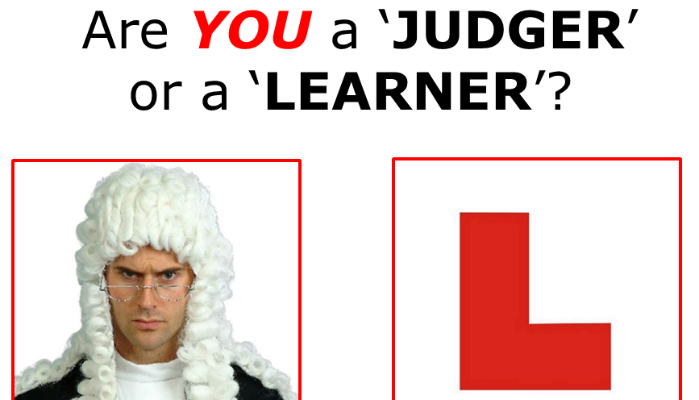Last week, I talked about why declaring victory matters. As you may remember, it involved using the metaphor of running a marathon to illustrate how we can push through adversity by reframing our circumstances. Sometimes, especially when we’re part of a team, whether in business or in life, our desired goal can feel more like scaling a mountain than running a race because every day feels like an uphill climb. Surround yourself with people who can look at this climb in the right way and who are dedicated to your success, and you’ll make it to the summit every time.
Let me share a brief story. Several years ago, a group of us set out to climb Mt. Teocalli (13,208 ft.) in Crested Butte, Colorado. We met at the trailhead at 6:00 am to begin what would be about a three and a half hour climb. (The reason for the early departure involved adhering to a rule of thumb that you want to be off the mountain by noon in the event of a summer afternoon thunderstorm. The last place you want to be during such a weather event is on a big rock!)
As we began the climb, our group was very enthusiastic. After about 75 minutes, people started joking (or not) saying, “the view looks pretty good from here” and “should we be concerned about those clouds coming in?” Despite the light mood, you could see the exhaustion starting to appear on everyone’s faces. Then a few people began to ask serious questions about whether getting to the summit was realistic. The climb was a great deal more difficult than everyone had originally imagined. One member of the group suggested we give it another 20 minutes and see how everyone feels. (In fairness, the climb was not easy). Twenty minutes later, the summit looked no closer and the terrain was only getting steeper.
Getting to the top was looking like a losing battle. Then someone suggested that rather than stare at the summit, we simply take note of where we are, climb for 15 more minutes, and reassess. The group reluctantly agreed. After 15 minutes, the summit didn’t look any more attainable, but when we looked behind us to find the spot we just came from, we were astonished at our progress. So much so that it not only sparked a surge in our mental and physical energy, but also (and best of all) put a stop to the complaining.
To this day, I can’t recall a more spectacular view – largely because of the way we persevered as a group. The best part, is that to a person, we continue to draw upon this experience in our daily lives, regardless of the challenge. And we share our perspective with others, so they can climb their own mountain – whatever that may be. This is what peer advantage is all about. If you have a story you’d like to share about how your peers helped you meet a difficult challenge and/or achieve a lofty goal, we’d love to hear it!










